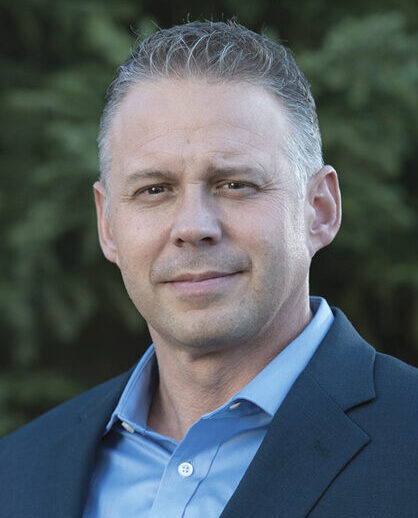
ental health is a significant topic of concern in the construction field right now, and for good reason. A 2020 study by the Construction Industry Rehab Plan, or CIRP, found that 83% of all construction workers have experienced some form of moderate to severe mental health issue.
According to the Centers for Disease Control and Prevention, construction has the second highest suicide rate of all industries, with 45.3 suicides per 100,000 workers reported through the National Violent Death Reporting System, effective in thirty-two states, in 2016. That’s almost four times greater than the national average and five times greater than all other construction fatalities combined.
According to a 2022 article about construction workers and addiction from the American Addiction Centers, 15% of all construction workers in the United States have a substance abuse disorder, compared to 8.6% of the general population of adults, and they suffer significantly higher morbidity ratios for drug overdose than workers in most other industries. All of these statistics leave many employers searching for solutions.
In this article we will address three solutions and discuss some of the hidden barriers to access that may hinder success.
What’s surprising is that 94% of those same respondents stated that they recognized the importance of sharing mental health resources with workers and encouraging people to get help when it’s needed.
There are things you can do to remove hidden barriers, and there are things you can do to create them. First, your solution cannot be a “one-and-done.” While your employees may not know how to address mental health issues, they do know it isn’t something that can be fixed with cut and paste. One-and-done solutions give the impression that there is no genuine concern for employees. They can create distrust regarding the solution’s confidentiality and may feel like traps, making employees hesitant to access them.
Leadership should engage with employees regarding why mental health issues are so important and discuss any implementation of new measures. Ensuring mental health is a visible goal on an ongoing basis—and regularly communicating how to access available solutions and encouraging people to connect with those solutions—can go a long way to removing hidden barriers. Consider discussing the costs of the mental health programs with your employees. Communication around the investment in mental health care from leadership can make people feel empowered to use it.
Engaging early on in the recruitment and hiring process can have a powerful impact. Having human resource leaders state that mental health is a significant part of corporate culture during the interview process and including mental health training during onboarding makes it much easier and more impactful when supervisors discuss mental health issues during safety meetings.
Another recommendation from Workplacementalhealth.org is to share a continuous stream of information and resources on mental health and substance misuse. Include newsletters, posters, information about how to access the EAP, crisis hotlines, and well-being resources. Bring it up at company gatherings, project kickoff meetings, and safety huddles. A continuous, consistent message will help break down those barriers and make your employees more comfortable getting help if and when they need it.
